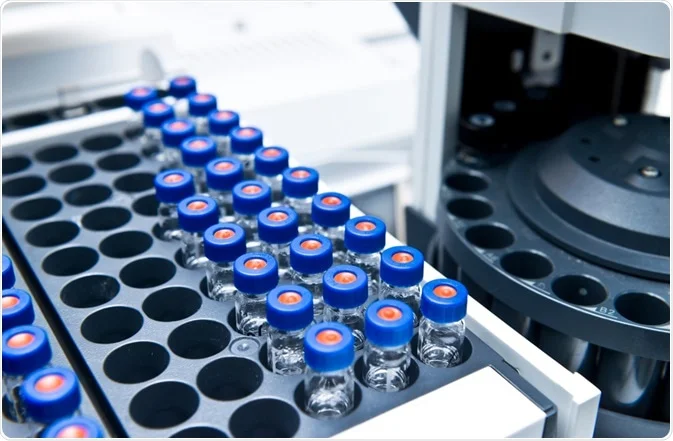
Metabolomics aims to identify and quantify molecules involved in metabolic reactions. Over the years, LC-MS assays have emerged as the primary platform for metabolomics research due to their soft ionization, high throughput, and excellent coverage of metabolites. However, the success of LC-MS laboratories often depends on the analytical, computational, and experimental steps.
Metabolomic studies are increasingly becoming a critical component of drug discovery and development projects. It includes comprehensive assessments of metabolites present in a biological system. Metabolomics is complementary to proteomics and transcriptomics as it delivers quantitative analysis of low molecular weight analytes. Besides, hyphenated techniques such as LC-MS/MS provide additional technical advances for LC-MS laboratories in metabolomics research. However, LC-MS/MS method validation and development will remain crucial in delivering robust and reliable results.
Today, LC-MS laboratories employ metabolic assessments in various research areas such as functional genomics, environmental and biological stress studies, integrative systems biology, and biomarker discovery. The current article discusses LC-MS assays for targeted and untargeted metabolic research.
Differences and applications of LC-MS assays in metabolomics
Generally, metabolic studies involve two methods: targeted and untargeted metabolomics. Targeted metabolomics focuses on identifying and quantifying preselected metabolites or classes of metabolites, such as enzyme substrates, direct protein products, or particular members or classes of metabolic pathways. This method involves investigating the chemical properties of known compounds and preparing tailor-made sample preparations to reduce interference and matrix effects from complex compounds.
The targeted approach is hypothesis-driven. However, untargeted analysis can deliver new hypotheses for additional testing of metabolites in a biological system. Untargeted metabolomics includes identifying all metabolites that can be potential biomarkers. Therefore, it aims at detecting almost all biomarkers. On the other hand, targeted metabolomic approaches quantify a limited set of metabolites. Hence, targeted metabolomics uses fully validated methods, as influence on any one aspect of a procedure might theoretically influence the entire assay result.
Metabolic profile is one of the most informative elements of a phenotype. Advanced bioanalytical techniques, such as LC-MS assays in metabolomics, have revolutionized our understanding of chemical and biological processes. Hence LC-MS assays in metabolomics have numerous applications for example, whole genome sequencing of pathogens such as plasmodium has resulted in the use of metabolic fingerprints in understanding parasitic infections.
Transcriptomics and genomics involve evaluating the initial molecular cascade that leads towards a phenotype. However, metabolomics studies the final expression of a genotype, and hence, it is one of the closest technologies that work with profiling phenotype. Besides, proteome and genome studies often find it challenging with functional annotation of identified sequences. However, metabolites are universally present across organisms.
Unlike proteins and transcripts, metabolites cannot be deduced from genomic data. It requires identifying and quantifying metabolites using sophisticated instruments such as LC-MS assays. Due to its increased sensitivity and broader dynamic range, LC-MS assays are employed widely in metabolomics studies. Besides, measurement strategies of LC-MS assays are divided broadly into targeted and untargeted metabolomics.
In conclusion
LC-MS assays, along with hyphenated techniques such as LC-MS/MS analysis, are reliable techniques for targeted and untargeted metabolomic studies.



